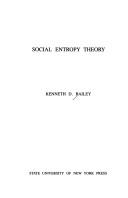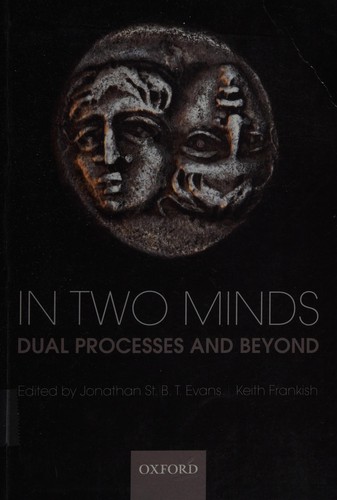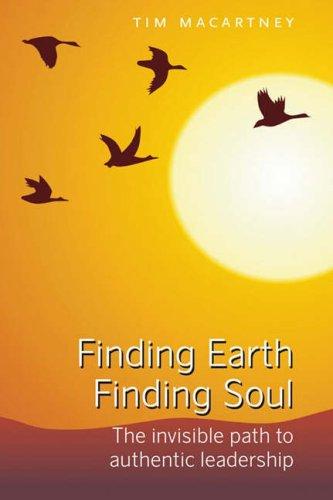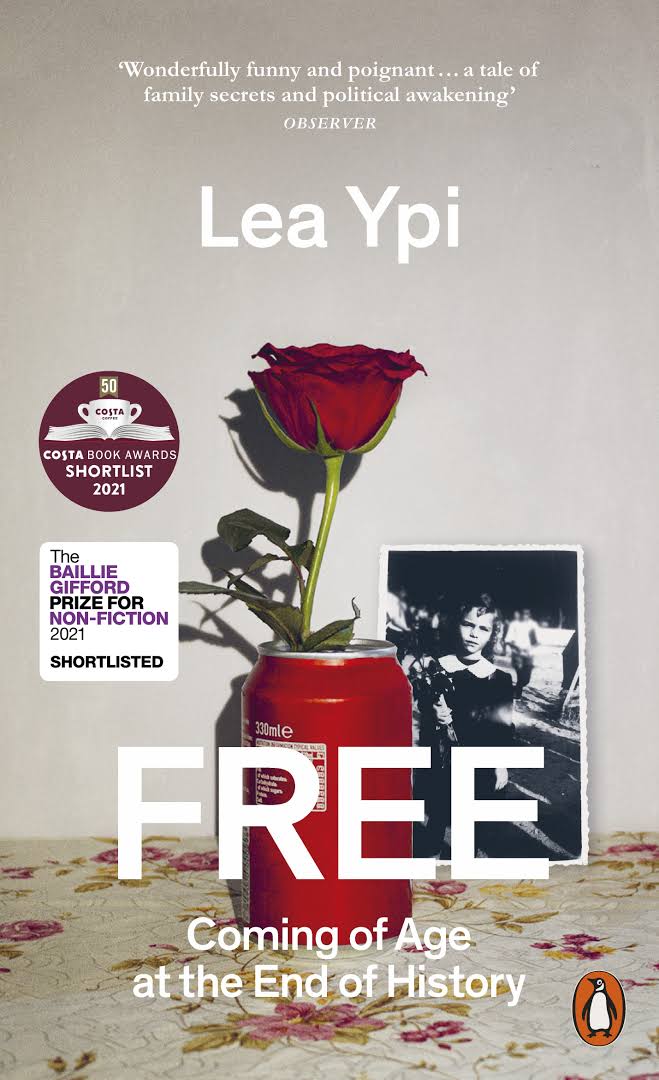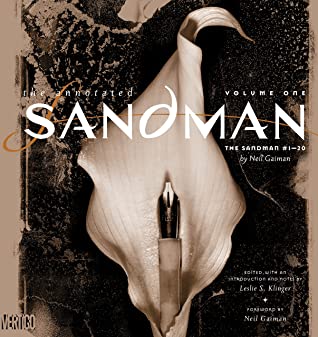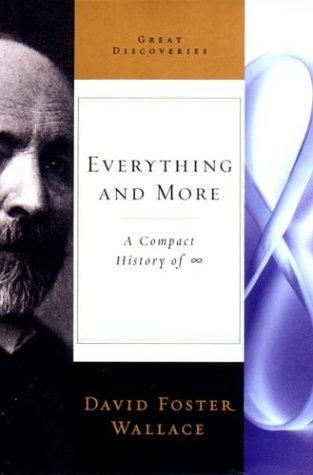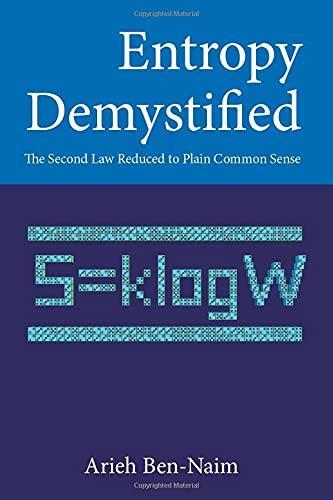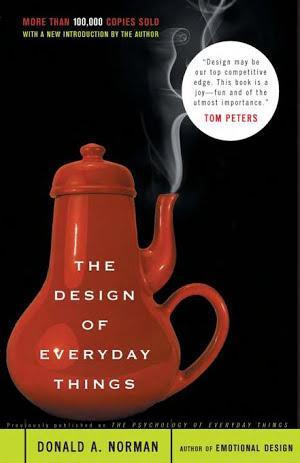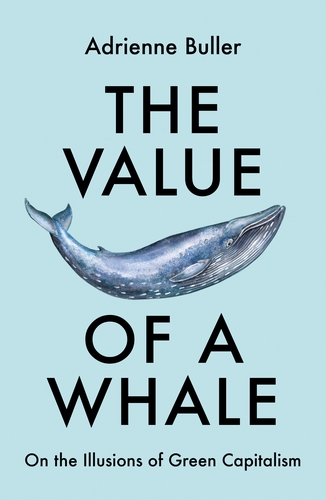Karsten W. reviewed The Design of Everyday Things by Donald A. Norman
Ein Klassiker zum Thema Design
5 stars
Das Thema Design ist nicht mein Fachgebiet, ich bin nicht darin ausgebildet. Ich habe das Buch also als interessierter Laie / Anfänger gelesen.
Und für mich war es genau richtig.
Der Autor stellt Prinzipien vor, die bei der Entwicklung eines Produktes bedacht werden sollten. Das Konzept "Affordance" oder "Angebotscharakter" im Designkontext ist offenbar seine Erfindung. Dabei geht es darum, dass es eine Beziehung gibt zwischen Produkt und Nutzer, und diese Beziehung kann gestaltet werden, z.B. durch "Signifier" ("Bezeichner"), Feedback, "Mapping" und einem Systemmodell.
Dann gibt es ein Kapitel "Human Error? No, bad design", was mich ebenfalls sehr überzeugt hat.
Das ganze Buch ist unterhaltsam geschrieben, mit vielen Beispielen. Die Erstauflage des Buches erschien 1990 und wirkt dennoch nicht verstaubt auf mich.
